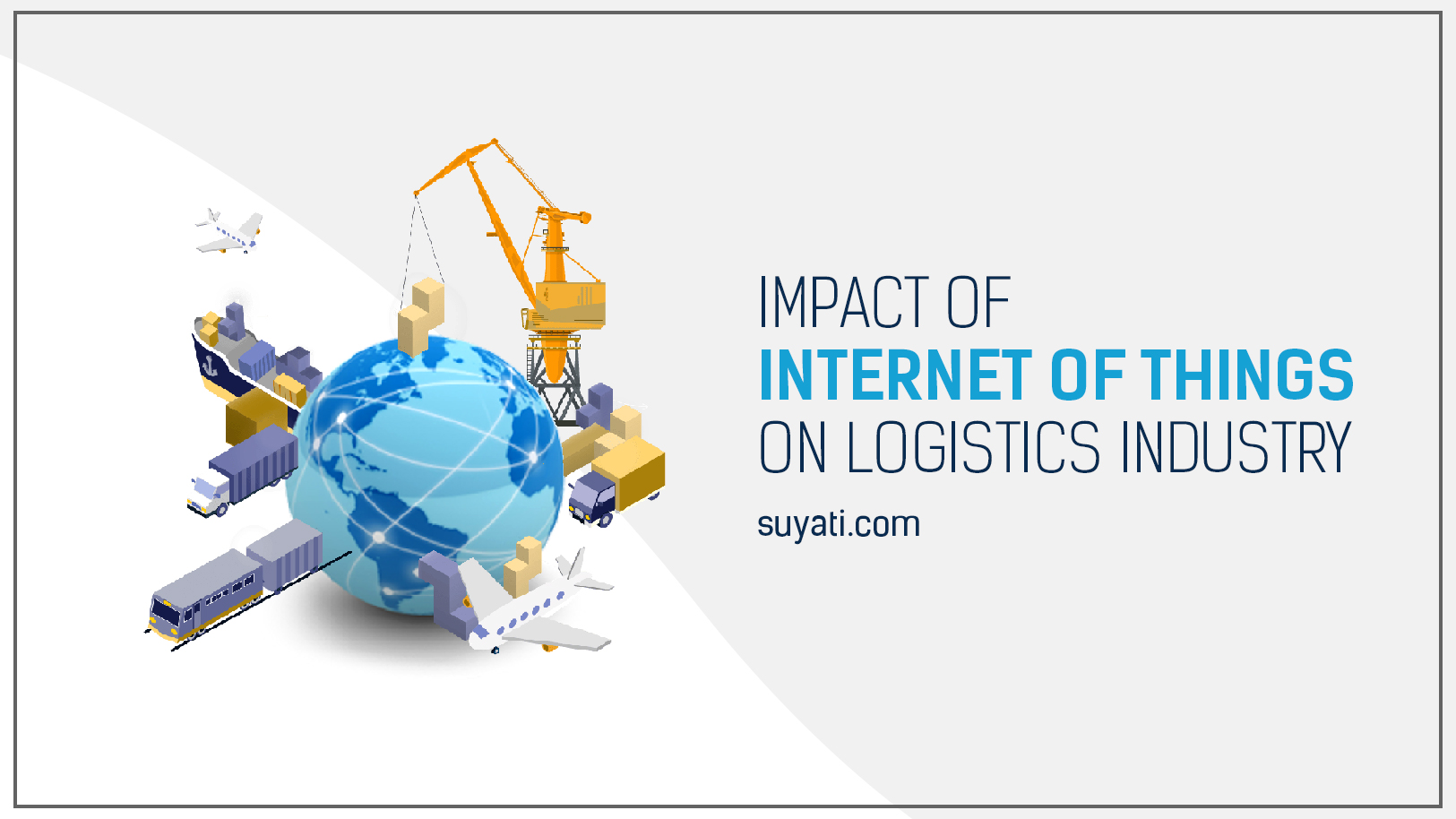
The Internet of Things (IoT) has reached out to over 15 billion devices and if the prediction is to be believed, it would bring over 200 billion devices under its care by 2020. How will IoT impact the logistics industry?
In 2014, Gartner predicted a thirty-fold increase in the IoT-connected devices by about 2020 and consequently one will see radical impact on the functioning of our supply chain.
It is no secret that technology has hugely shaped logistics. One of the critical realms in logistics industry that will flourish is the way in which supply chain managers will access data and coordinate with one another. FedEx was the first company to introduce IoT in logistics industry years ago when they initiated parcel tracking. The testimony of IoT’s success came when Walmart executives declared that it has lowered the excess inventory in warehouses and reduced out-of-stock incidents by about a third by executing the pallet-level RFID tags about 10 years ago.
With the seeping of IoT into almost every task of logistics industry, the way supply chain functions will see alteration. Here are three major ways in which IoT will affect the logistics industry:
Efficient Yard and Warehouse Management
Distribution centers, warehouses and yards form the most critical units of the supply chain ecosystem. If a company manages to increase the performance of these units, it is converted into an increase in efficiency of the company’s functioning.
As IoT becomes an essential part of the logistics industry, warehouses will track the equipments, inventory and vehicles via the cloud. This is enabled by thousands of machines connected to one another through RFID-tags. At a local level, the parcels and pallets would communicate with one another while at a global level, a company-based server will track their movements and progress of their journey constantly.
Location and asset tracking can be automatized once the physical location is translated into digital information. Security quotient and work-place health will also be enhanced when the role of human resources is reduced.
With IoT, the companies will be able to have a God’s eye view of all activities in the company. This will allow them to lower the congestion, save on fuel and movement of trailers. Time can be managed well with live-data from machines pooling in continuously.
Increase In-Transit Visibility
Today, you can track the places that your parcel reaches easily, from the moment it is shipped to the point where it reaches your doorstep. However, this is mostly done through scanning of barcodes, by humans placed at certain distribution points.
When IoT hits the tracking system, all the parcels/vans/pallet/trucks will come with RFID tags, and automatically update data on its whereabouts, thus limit human labor to just loading of items.
Once the item is loaded into a vehicle, the carrier will receive information about it which will be sent across to the company (and on their digital platform) through the cloud. The data which is sent will be all-encompassing, ranging from location to the temperature information.
Enhance Fleet Management
Currently, the supply chain works on a reactive mode where alterations are made after events have occurred that stimulate it. Once IoT seeps through the logistics realm completely, the supply chain will run on a proactive mode. Sensor data from different nodes of the network (like parcels, trucks and vans) would be fused with the RFID-received and GPS data to receive information on status of items. If there is any probability of upcoming defect or change in weather or chances of accident, then proactive action can be taken to not only control the devices but inform the customers of delays.
Supply chain operators can keep a check on the driver and vehicle performance. Factors like engine turning hot or gearbox malfunctioning will be detected immediately and information sent across to the company, allowing for timely repairs (avoiding time-consuming breakdowns later).
Internet of Things is here to take logistics industry towards the next stage in its evolution. Companies will not only encounter positive shift in their revenues but smoothen the user and work experience as well.
Impact of Internet of Things on Logistics Industry
previous post
